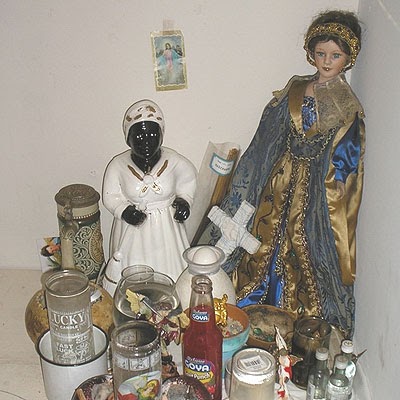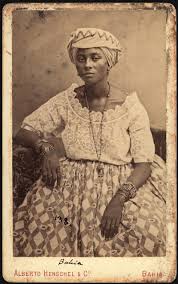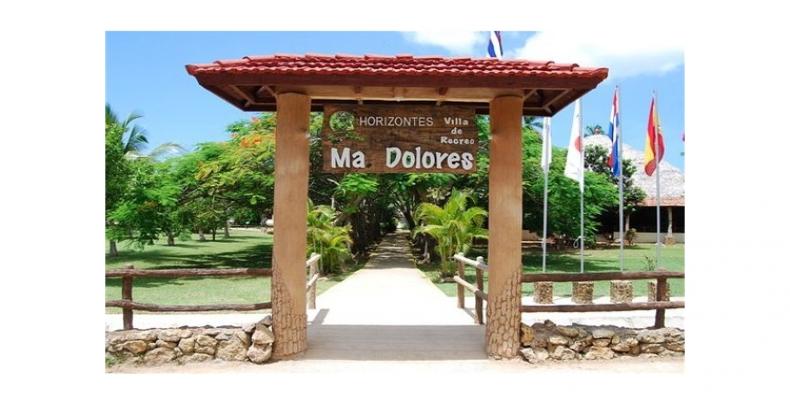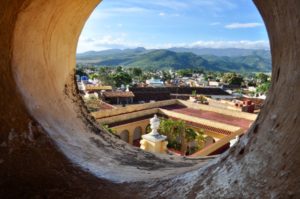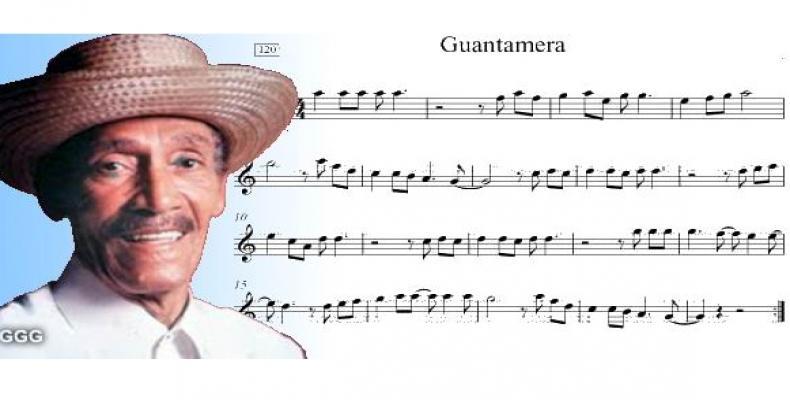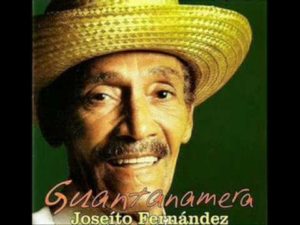ViMARIEL, THE FIRST VIETNAMESE INDUSTRIAL PARK IN CUBA.
As the first Vietnamese company to enter the Cuban market, Viglacera Corporation has invested into its first industrial park in the country. Vimariel the first vietnamese industrial park in cuba.
TC Mariel is poised to become a major transshipment hub in America
Mariel Special Development Zone (ZED Mariel) is the first special development zone in Cuba, which is only 45 kilometres from the capital Havana. This zone has been invested by the Cuban government to become the largest industrial area in the country.
The Cuban government encourages investment in the sectors of food industry, consumer goods, construction materials, packaging industry, and agriculture to provide to the domestic market and promote socioeconomic development. In the future, ZED Mariel is expected to export products and services in the region and become the leading hub for the US, thanks to TC Mariel port located within the zone.
As one of the five deep-water ports in the Caribbean and Central America, TC Mariel Port is the shortest-haul and lowest-cost to the US in the region. Furthermore, enterprises will benefit from the regulatory framework, incentives, and friendly business environment. Financial Times fDi magazine elected ZED Mariel as the winner of the “Best Zone to Consider in the Future” category in the Best Global Zones of the Year 2017 competition.
It is very easy to access to ViMariel IP through Jose Marti International Airport (42km far), De Baracoa Airport (25km), San Antonio De Los Banos Airport (25km). The four-lane motorway from the IP joins the main eastern arterial road to the capital Havana (one hour drive), as well as the airports and seaports in the west.
Vimariel the first vietnamese industrial park in cuba
Viglacera Corporation will invest in synchronously building technical infrastructure: electricity supply from the 110/22 KV national transformer station (25MVA), a water supply station (6,500 cubic metres per day), a separate drainage system and waste water treatment system (up to 4,800cu.m per day). Solid waste from factories will be sorted, collected, and transported to the waste disposal area.
In addition, investors in ViMariel IP are supported by other services, such as restaurants, café, ETECSA telecommunications, security systems, customs systems, banking services, and cargo services by sea, rail, and road. These will allow investors to save time and money in foreign markets in general and Central America in particular. In order to attract domestic and foreign investors in ZED Mariel, the Cuban government offers special tax incentives, fast approval, a one-stop system, and support in the recruitment of local labour resources, and among others.
ViMariel is shaping up to be a potential destination for investors whose products and services are aimed at the Cuban market or other export markets.
ViMariel IP has a total area of 156 hectares with 119.11ha of industrial land (76 per cent), with the rest housing technical infrastructure and service and green areas. ViMariel IP expects to attract companies from the hi-tech, building materials production, and electronics sectors and other industries which are able to meet the economic needs of Cuba, aiming to become a leading manufacturing and trading hub for Central America.
As the best industrial park developer in the Asia-Pacific Property Awards 2013 and 20 years of experience, Viglacera Corporation has pioneered the investment and development of ViMariel IP. This IP promises to create new opportunities for Vietnamese enterprises to enter the American market. (Vietnam Investment Review 2018).
 VIETNAM CONSTRUIRÁ EN CUBA EL PRIMER PARQUE INDUSTRIAL DEL MARIEL.
VIETNAM CONSTRUIRÁ EN CUBA EL PRIMER PARQUE INDUSTRIAL DEL MARIEL.
El terreno es de un amarillo terroso, pero está rodeado del verde rutilante del campo cubano que arropa el área donde se instalará el primer parque industrial de la Zona Especial de Desarrollo Mariel (ZEDM). Son 156 hectáreas que, por un decreto gubernamental, están en manos de ViMariel S.A., una empresa mixta con capital totalmente vietnamita y filial de la sociedad mercantil vietnamita Corporación Viglacera, una compañía líder en parques industriales con más de 200 empresas inversionistas asociadas.
Los ministros de Comercio e Inversión Extranjera de Cuba, Rodrigo Malmierca, y de la Construcción de Vietnam, Pham Hong Ha, acompañados por funcionarios de ambos países, dieron las paletadas iniciales al movimiento de tierra. ViMariel S.A. será la encargada de invertir, construir, administrar y explotar la infraestructura del nuevo parque industrial, además de atraer a otras empresas interesadas en tener presencia en la ZEDM, ubicada a unos 45 kilómetros al oeste de La Habana.
De igual forma, la empresa portuguesa EnPro Moulds firmó un acuerdo con ViMariel S.A. para convertirse en la primera en establecerse en el futuro parque industrial, donde producirá moldes y envases plásticos.
“Para el tercer trimestre de 2019 entregaremos las primeras áreas con todas las infraestructuras”, dijo el presidente de la junta directiva de Vimariel S.A., Tran Anh Tuan. Según la concesión vigente por 50 años, la empresa mixta instalará negocios vinculados a las construcciones, a partir de entidades propias u otras asociadas.
Igarza anunció que en un inicio todo se centrará en los materiales de la construcción, la industria pesada, la de envases y embalajes, las manufacturas en función del uso de aseo personal y del hogar, la industria biofarmacéutica, así como la actividad logística.
“La concesión prevé atraer a la ZEDM a inversionistas vinculados principalmente con la producción de vidrio plano y bloques de vidrio”, explicó la funcionaria.
Vietnam es el segundo socio comercial de Cuba en Asia, detrás de China, con un intercambio comercial bilateral que en 2017 alcanzó los 220 millones de dólares y que puede llegar a 500 millones de dólares en 2020, según proyecciones oficiales.
Antes de concluir el año se prevé el inicio de la construcción en la ZEDM de una fábrica de la compañía vietnamita Thai Binh Investment Trading Corporation, la cual producirá a partir de 2019 pañales desechables y almohadillas sanitarias, dos artículos de alta demanda en Cuba y que en su mayoría se importan.
De los usuarios instalados en la ZEDM, 23 son empresas de capital totalmente extranjero, cinco nacionales, 11 mixtas y dos asociaciones económicas internacionales. El puerto de Mariel, construido con financiamiento brasileño, permite el atraque de buques Panamax de 12 metros de calado.
Agencies/ Xinhua/ Vietnam Investment Review/ Raúl Menchaca/ Internet Photos/ Arnoldo Varona/ www.TheCubanHistory.com
THE CUBAN HISTORY, HOLLYWOOD.







